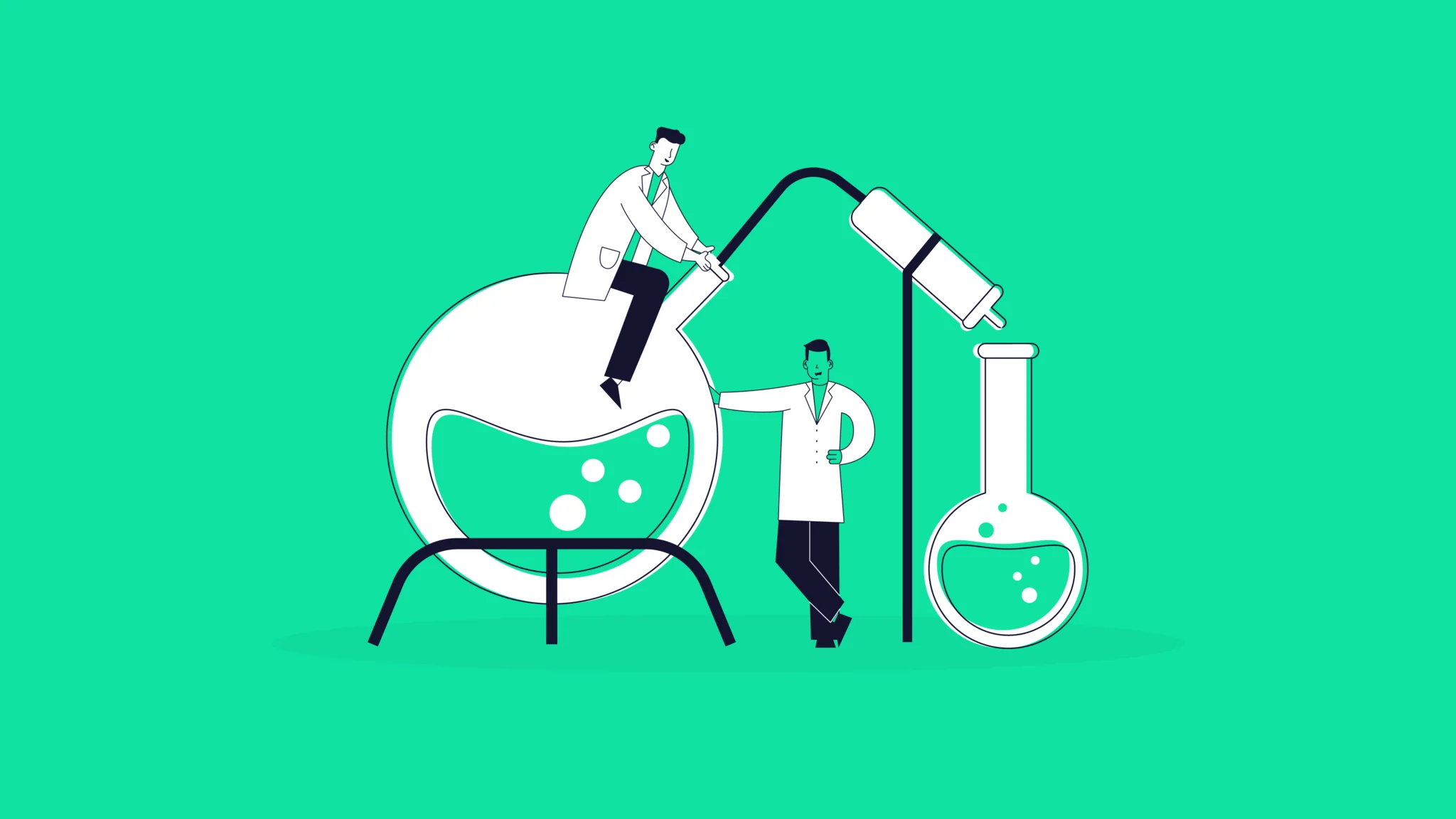
Latest News
What hiring managers really want to see on clinical development resumes
23 Jul, 20253 MinutesOn average, a hiring manager or TA professional will spend about 40 seconds reviewing a resu...

On average, a hiring manager or TA professional will spend about 40 seconds reviewing a resume before deciding whether to move forward.
In that time, they’re not just looking for experience, they’re looking for clarity, credibility, and measurable impact.
Here’s what they consistently say makes a resume stand out in clinical development:
Clear Job Titles and Clinical Context
Your title is the first thing a reviewer will scan, and it should reflect the industry standard. For example, if you're a Clinical Development Director, that should be clearly stated, not obscured with internal job titles.
Beyond the title, hiring teams want the specifics:
- What therapy areas and indications did you work on?
- What clinical phases were involved?
- Were the trials global or domestic? How many sites and patients?
- Who did you work cross-functionally with?
This context reduces guesswork and shows that you understand what matters to clinical trial operations.
Quantifiable Impact
It's not enough to list responsibilities, hiring managers want to understand how you performed. This means including numbers wherever you can.
Example:
“Led oversight of 15+ Phase II/III sites in immuno-oncology trials across North America and EU, achieving First-in-Human (FIH) 3 weeks ahead of schedule.”
Metrics like patient enrolment rates, study timelines, protocol deviations resolved, or budget savings all demonstrate real-world performance, something too many resumes overlook.
Skim-Friendly Structure
Dense paragraphs don’t get read. Use:
- Bullet points
- Bolded headers
- Reverse chronological order (most recent experience first)
Make sure it’s easy to skim, and avoid jargon where it’s not necessary.
Consistency and Credibility
This one’s simple but overlooked. If you claim to have “led multiple global studies,” your experience should show that, with specifics.
Don’t list “strategic thinker” or “results-driven” without examples.
Buzzwords that appear too often, especially without context, can actually raise red flags.
Here’s a list of terms to use sparingly:
- “Passionate about clinical research”
- “Synergistic team player”
- “Dynamic professional”
- “Excellent communication skills”
Instead, focus on your tangible contributions, tools you’ve used, and cross-functional impact.
Tailored Keywords Matter
Many organizations use ATS (Applicant Tracking Systems) that rely on keyword matching, but so do human readers, even subconsciously. Use keywords from the job description and include industry-relevant terms such as:
Clinical Trial Phases: (I–IV, Post-Marketing)
Site Management: Feasibility, Start-up, Monitoring, Close-Out
Systems: EDC (e.g., Medidata Rave), CTMS, eTMF, IVRS
Compliance: FDA, EMA, ICH-GCP, 21 CFR Part 11
Highlight Qualifications and Certifications
Hiring managers want to know if you have:
- An MD or PhD?
- U.S. Board Certification (or relevant ex-U.S. equivalents)?
- An active license? Are you still practicing?
Even if the role doesn’t require it, including your credentials shows credibility, especially for leadership roles.
Summary Checklist for a Standout Resume:
- Industry-standard job titles
- Clear study scope and clinical phase detail
- Quantifiable results and trial metrics
- Skimmable structure (bullets > blocks)
- Tailored, honest use of clinical keywords
- Up-to-date credentials and board certifications
Need help refining your clinical development hiring process or identifying top talent?
I specialize in recruiting clinical development professionals across the U.S., from emerging biotech to global pharma.
📩 Reach out to me, Riya, here to book in some time.



